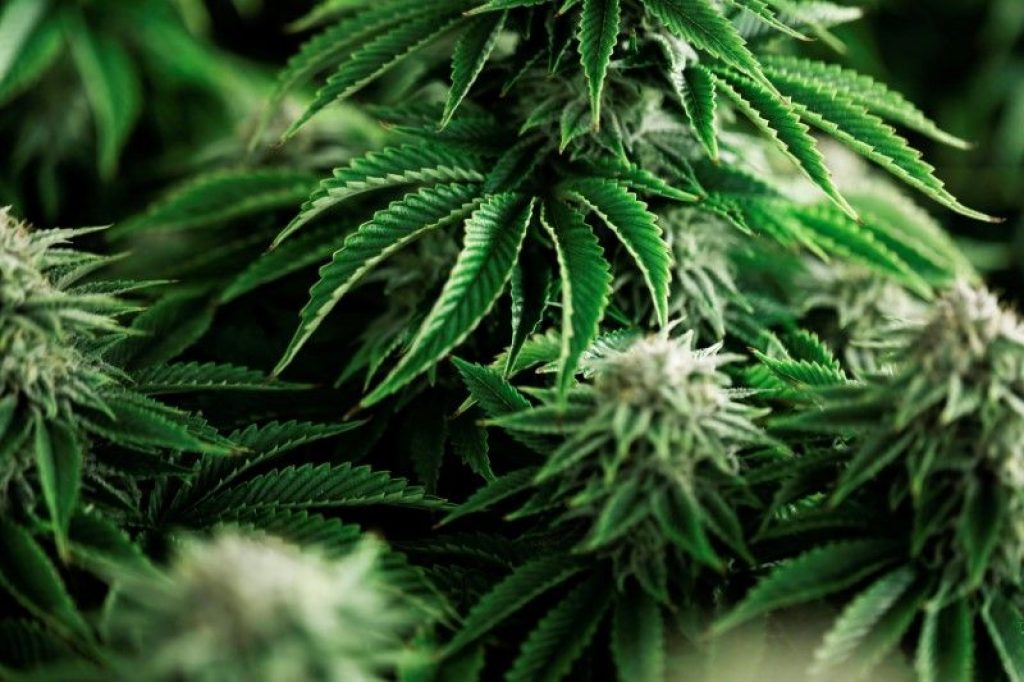EZ-Blog
STATISTICS YOU PROBABLY DON’T KNOW ABOUT CANNABIS IN 2020
Cannabis gains its popularity among recreational and medical users, we have curated a list of statistics about cannabis in 2020. We are sure that these statistics will be insightful and tweetworthy.
Last October 17, 2019, cannabis derivatives such as vapes, edibles, concentrates, infused beverages and topicals or “Cannabis 2.0” has been approved.
However, cannabis consumers won’t see the products on the shelves of the dispensaries until 2020. It officially signals the beginning of phase two of the Canadian cannabis legalization process.
Cannabis 2.0 is a notable event that will change around the cannabis 2020 industry and also was approved on the anniversary of the recreational cannabis legalization in Canada. As the dispensaries welcomed consumers with cannabis oils, dried flowers, and sublingual sprays for recreational activities.
Canada is becoming the role model for the global cannabis 2020 industry all around the world in terms of retail, distribution, and production.
As the rest of the world is observing the Canadian cannabis industry, it is still important to educate the masses about the marijuana market.
Many consumers still don’t know a deep knowledge about marijuana, the factors that affect, how to consume it and the laws that govern it.
Still, education about cannabis is crucial for cannabis industry development.
What we know about Canadian Cannabis Statistics
Marijuana was assumed to be the largest investment chance in modern years as Wall Street’s growth predictions, said although the numbers vary.
Most analysts say that it was expected to have an annual sale of around $50 billion up to $200 billion worldwide.
With this solid growth, investors do have a great opportunity for profit in the cannabis 2020 industry.
It was assumed to become the spearhead of cannabis 2020 in Canada last year shifting into the first country in this era to legalize recreational marijuana. While Canada’s neighboring country provides guidelines other nations may follow.
However, things have happened the other way around
Cannabis Sales in Canada went the other way around
Statistics Canada releases every month, especially every 22nd day of the month, release sales data from various industries in Canada, this includes the marijuana industry.
The data released last September shows that it broke a six-month straight of constant revenue growth.
Below are the revenues of licensed cannabis stores for the first 11.5 months after the legalization of recreational cannabis.
October – 40.38 million (CA$53.68 million) since 17.
November – $40.41 million (CA$53.73 million)
December – $43.13 million (CA$57.34 million)
January – $41.28 million (CA$54.88 million)
February – $38.86 million (CA$51.66 million)
March – $45.84 million (CA$51.66 million)
April – $56.1 million (CA$74.58 million)
May – $64.54 million (CA$85.81 million)
June – $68.79 million (CA$91.46 million)
July – $80.75 million (CA$107.36 million)
August – $94.73 million (CA$125.95 million)
September – $92.46 million (CA$122.93 million)
This means, since October 17, its cannabis industry generated about $707.27 million or CA$940.32 million. It puts Canada in a sound direction over CA$1 billion in the 12-month revenue in its sales for the first year.
As you can see, the quarterly constant generation of revenue fell from August to September about a CA$3 million.
Does Age affect Cannabis consumption in Canada?
It is observed that younger people do consume a lot more marijuana than elderly people aged 65 and above.
Although, those two generations of pot smokers are more likely to acquire their marijuana exclusively in a licensed source and mostly consume cannabis for medical reasons.
National Cannabis Survey (NCS) provides new data that constantly show the difference between each generation on various marijuana-related behaviors after the legalization of recreational cannabis.
In October 2018, The Cannabis Act (C-45) became law in Canada. This monitor the cannabis consumption activities before and after the change in legislation.
Every three months, Statistics Canada has performed NCS since Feb. 2018.
This data updates our latest knowledge about the usage of marijuana in Canada. The combined analyzed data from the second and third quarters last year are available as well as the third quart of 2019 and will be useful for the cannabis 2020 analysis.
Canada Stock in Cannabis 2020
Investors in the cannabis industry in 2020 have begun to readjust their expectations to manage the growing challenge in the market.
For Aurora, this means it is time to cut production to minimize their liabilities. Aurora Cannabis stops its plant construction in Denmark and Alberta.
For the Company, this means losing the chance to produce 120,000 and 230,000 in the industry of cannabis in 2020.
Other companies that enter the cannabis 2020 industry era have even cut jobs.
HEXO said during their fourth-quarter fiscal that the company will dismiss about 200 employees in different departments.
HEXO pointed out that the insufficient amount of dispensaries in Canada, the expensive pricing on recreational marijuana and the delay slow rollout of cannabis derivatives affected greatly the company.l fourth quarter.
An Increase in Cannabis Consumers.
17% of the Population of Canada or 5.2 million that aged from 15 and older are recorded consuming cannabis sing mid-August to mid-September.
This was not changed before legalization in 2018.
Even with the constant numbers, this did increase in the third quarter last year compared to its counterpart in 2018. Some reported including the seniors in various groups and regions aged 25 to 44.
In the third quarter last year, about 24% of the Labrador and Newfoundland reported using cannabis. It is also reported that Prince Edward’s 26% of their population and 33% of Nov Soctians also used Cannabis.
This portion of Canada’s population was above average for the other provinces of Canada.
An 8% to 11% additional points from 2018.

